General description
Anti-Histone Deacetylase 6 (HDAC6), is produced in rabbit using a synthetic peptide corresponding to amino acid residues 1199-1213 of human HDAC6. Mammalian HDACs can be divided into three classes according to sequence homology. Class I consists of the yeast Rpd3-like proteins HDAC1, HDAC2, HDAC3 and HDAC8. Class II consists of the yeast Hda1-like proteins HDAC4, HDAC5, HDAC6, HDAC7, HDAC9 and HDAC10. Class III consists of the yeast Sir2-like proteins. Class I HDACs are ubiquitously expressed, most class II HDACs are tissue-specific. Class II HDACs are larger than those of class I and their catalytic domain is located in the carboxy-terminal half of the protein. HDAC6 is a unique deacetylase among class II members in that it contains a duplicate of the catalytic domain in its NH2 terminus as well. The deacetylase activity of class II HDACs is regulated by subcellular localization. Endogenous HDAC6 is predominantly cytoplasmic where it associates with microtubules and functions as an a-tubulin deacetylase. HDAC6 contains a conserved zinc finger motif that is probably involved in the regulation of ubiquitination. The gene HDAC6 is mapped to human chromosome Xp11.23.
Specificity
Anti-Histone Deacetylase 6 (HDAC6) recognizes human and mouse HDAC6 (~134 kDa). Detection of HDAC6 by immunoblotting is specifically inhibited with the immunizing peptide. Additional nonspecific bands of approx. 50 kDa may be detected in various extract preparations.
Immunogen
synthetic peptide corresponding to amino acid residues 1199-1213 of human HDAC6. The corresponding sequence in mouse differs by one amino acid.
Application
Anti-Histone Deacetylase 6 (HDAC6) recognizes human and mouse HDAC6 (~134 kDa). Applications include immunoblotting, immunoprecipitation, immunocytochemistry and immunohistochemistry.
Applications in which this antibody has been used successfully, and the associated peer-reviewed papers, are given below.
Immunohistochemistry (1 paper)
Western Blotting (1 paper)
Biochem/physiol Actions
Histone Deacetylase 6 (HDAC6) is an enzyme responsible for deacetylation of histones. HDAC6 is a part of transcriptional corepressor complexes. Overexpression or destruction of HDAC6 may lead to Alzheimer, Parkinson and cardiovascular diseases. Overexpression of HDAC6 is implicated in various cancers like malignant melanoma, lung and bladder cancer. It promotes tumorigenesis, cell migration and invasion. HDAC6 also regulates the expression of critical immune system molecules, targets of chemotherapy like programmed death receptor-1 (PD-1). Mutations in HDAC6 causes X-linked chondrodysplasia.
Physical form
Solution in 0.01 M phosphate buffered saline, pH 7.4, containing 15 mM sodium azide.
Disclaimer
Unless otherwise stated in our catalog or other company documentation accompanying the product(s), our products are intended for research use only and are not to be used for any other purpose, which includes but is not limited to, unauthorized commercial uses, in vitro diagnostic uses, ex vivo or in vivo therapeutic uses or any type of consumption or application to humans or animals.
Shipping Information:
Dry Ice Surcharge & Ice Pack Shipments: $40
More Information: https://cenmed.com/shipping-returns
- UPC:
- 12352200
- Condition:
- New
- Availability:
- 3-5 Days
- Weight:
- 1.00 Ounces
- HazmatClass:
- No
- MPN:
- H2287-200UL
- Temperature Control Device:
- Yes












